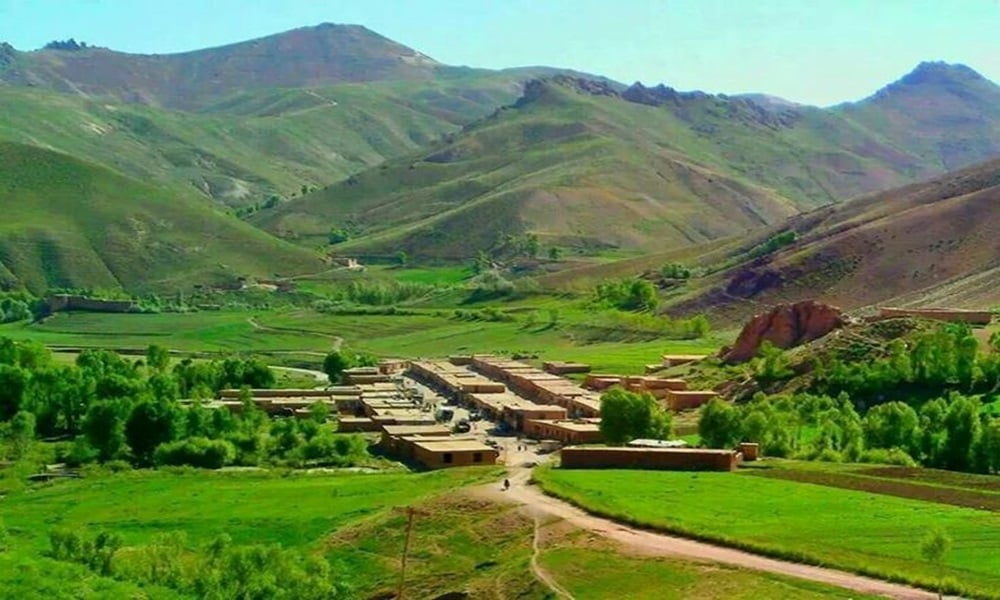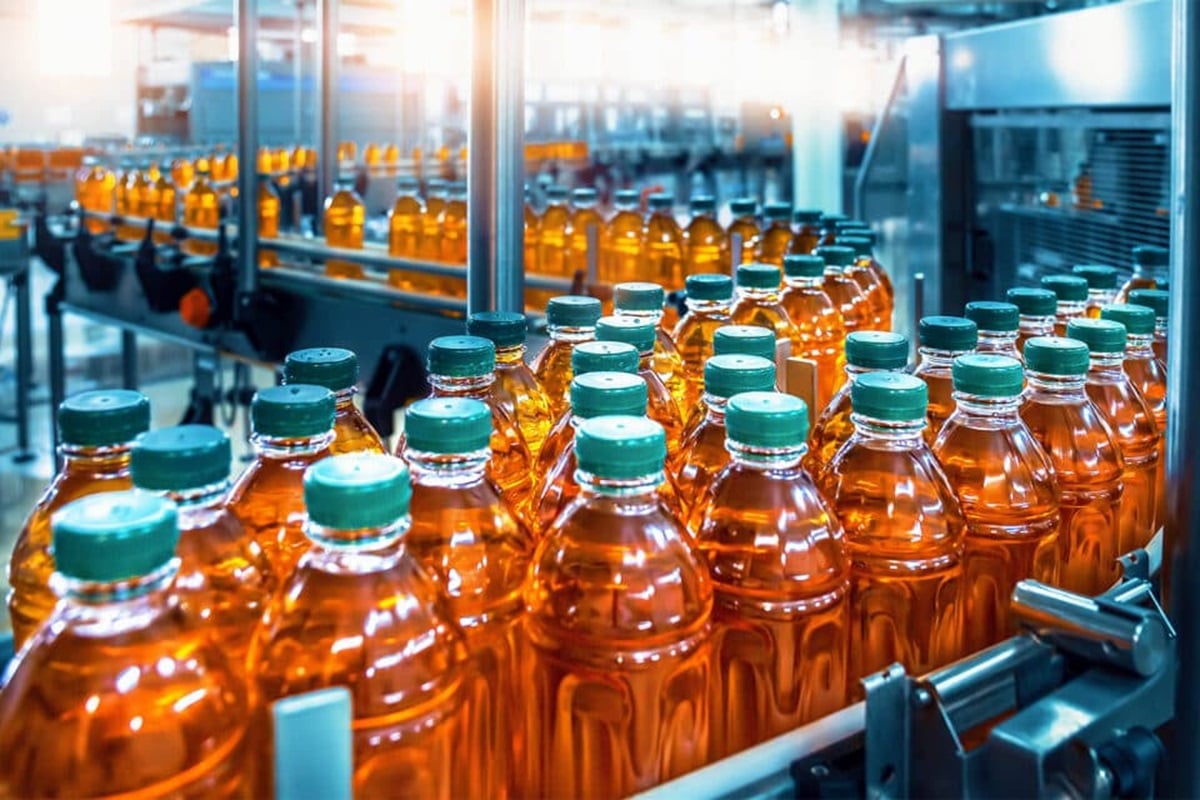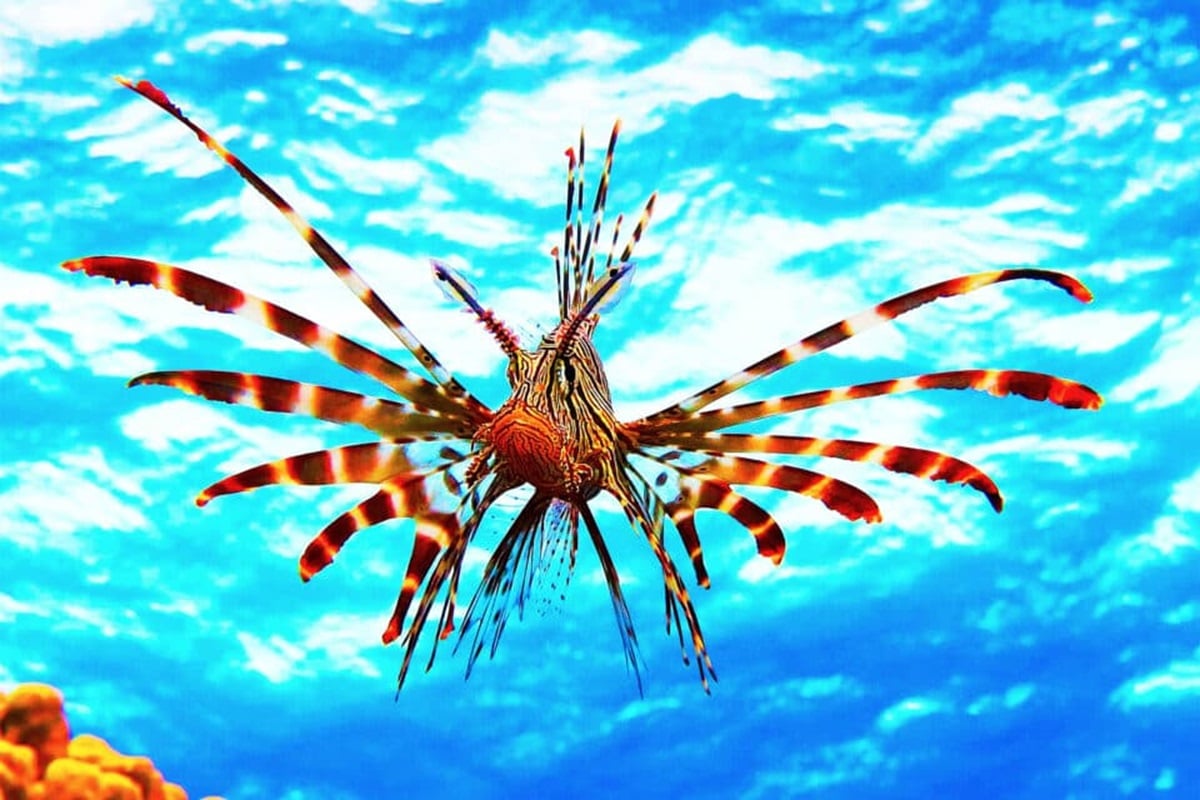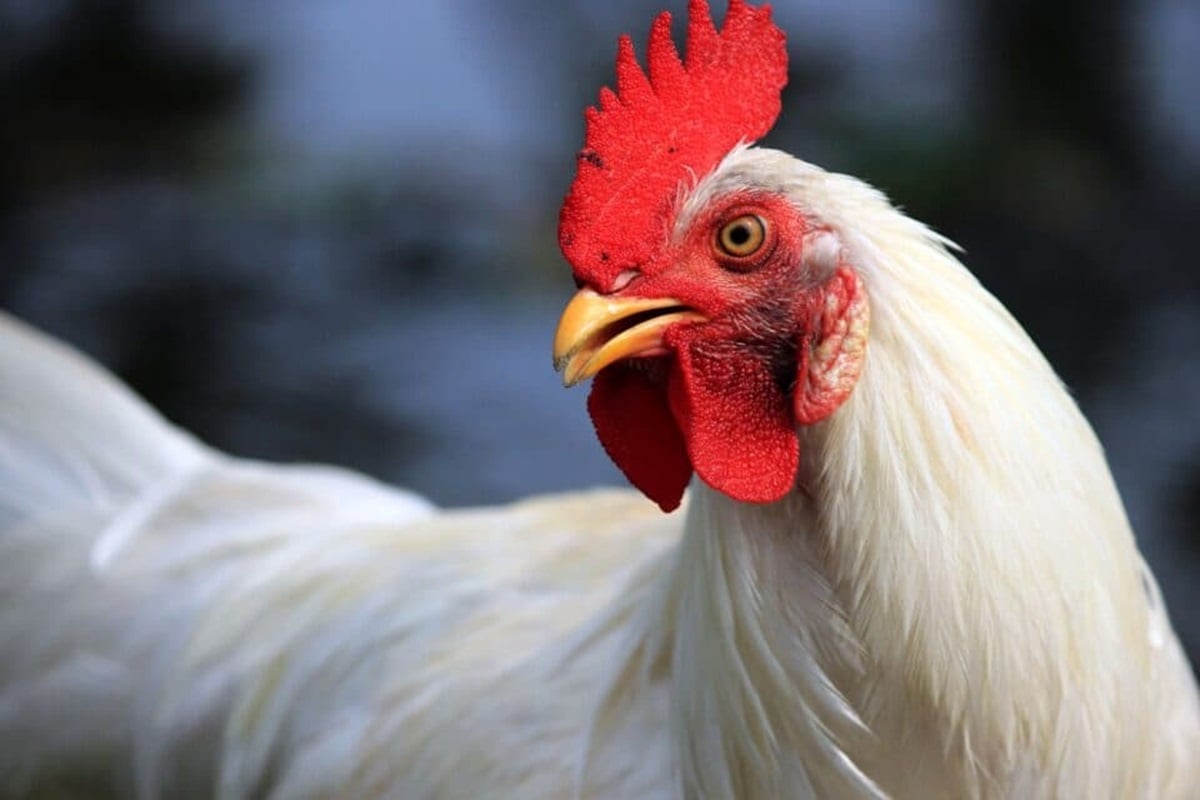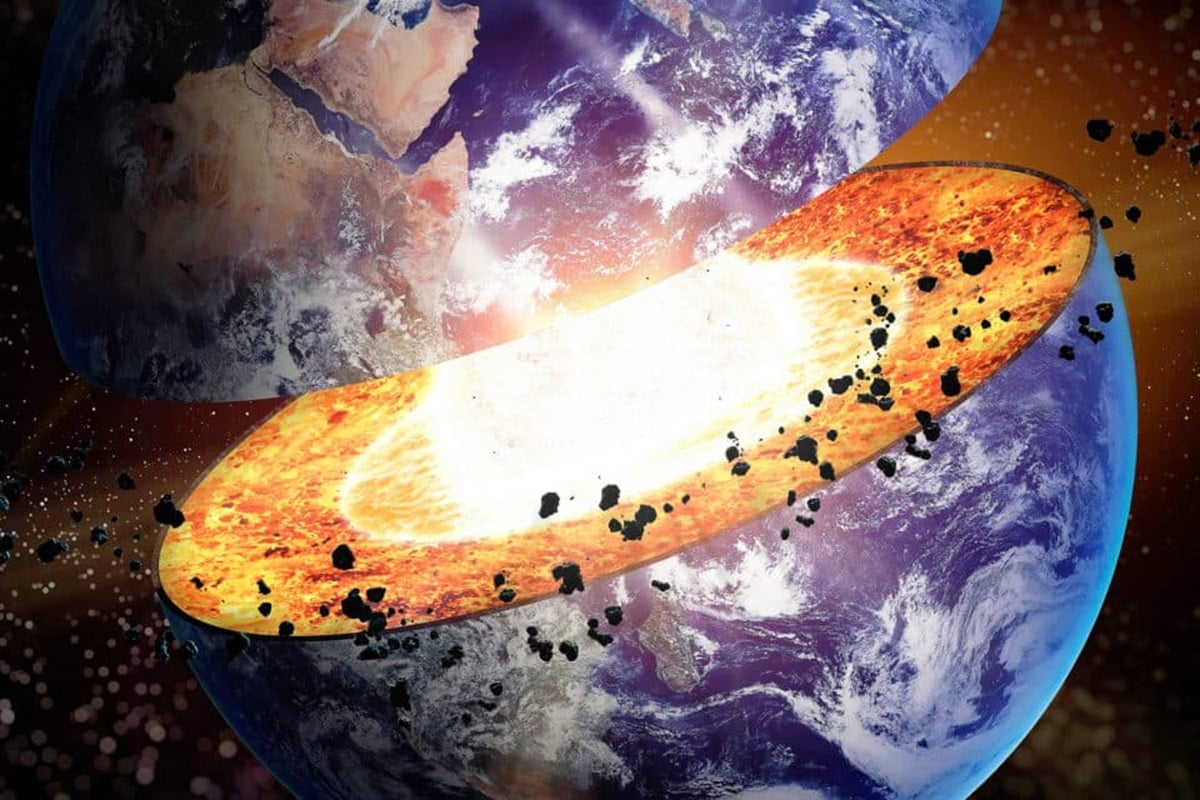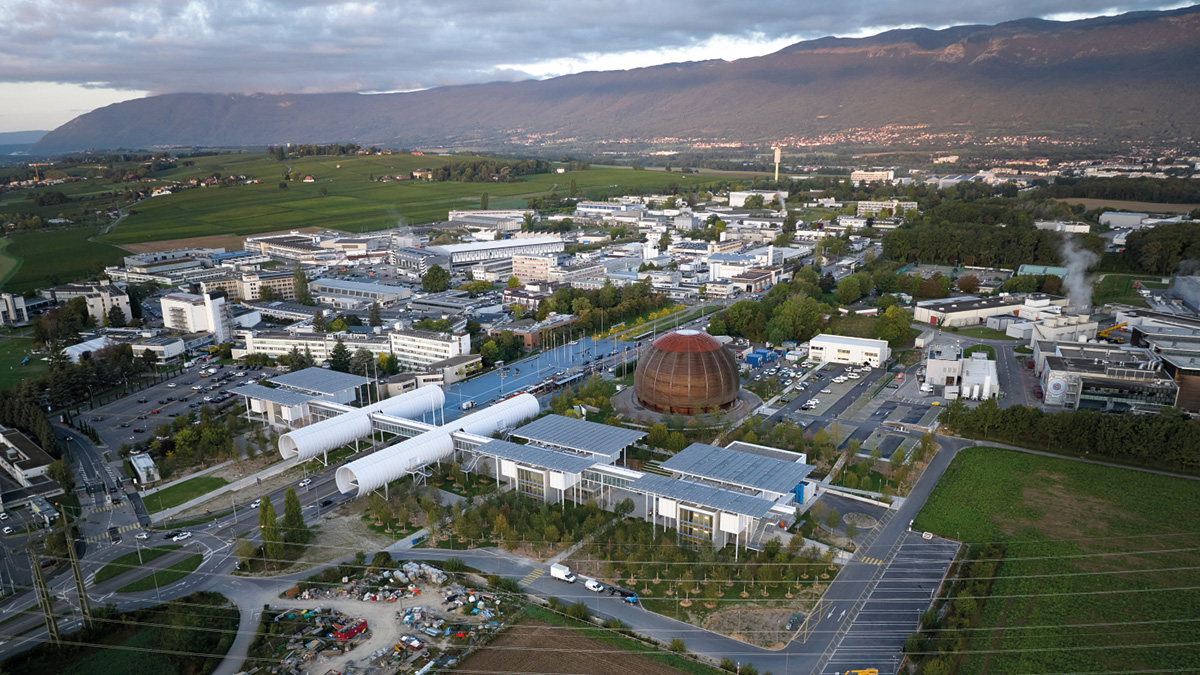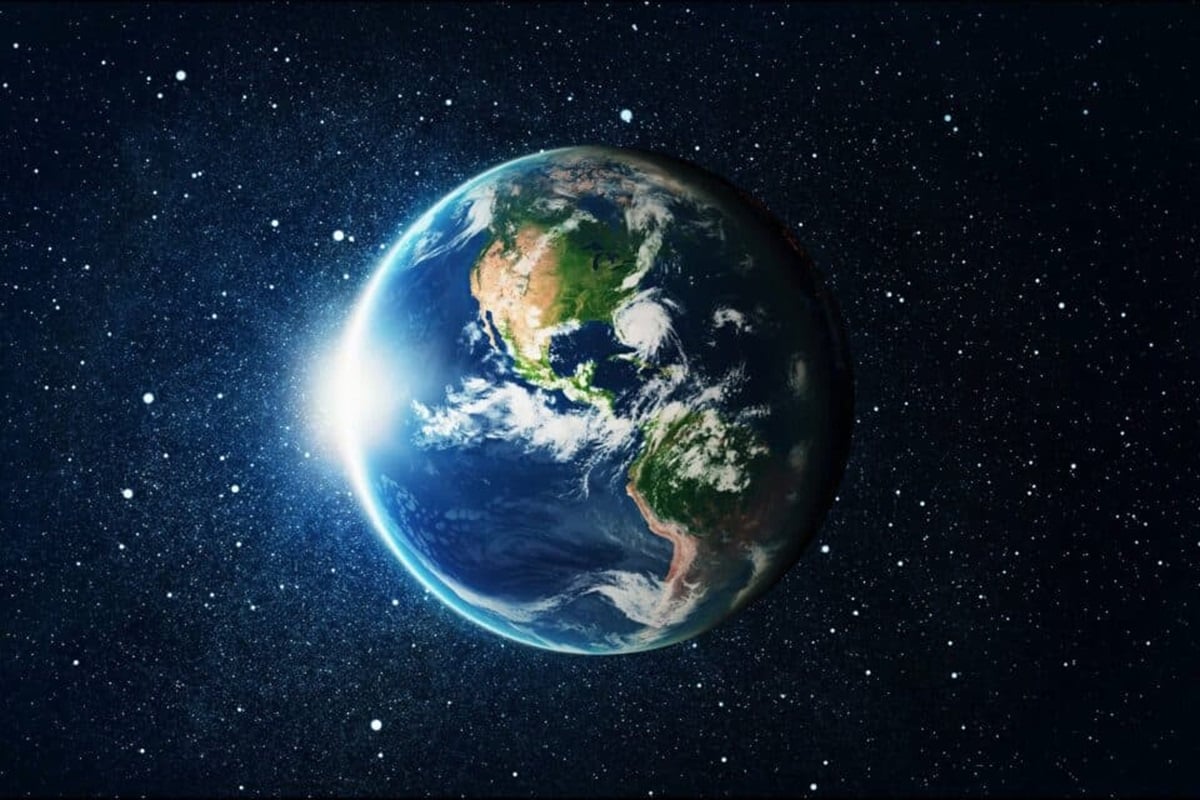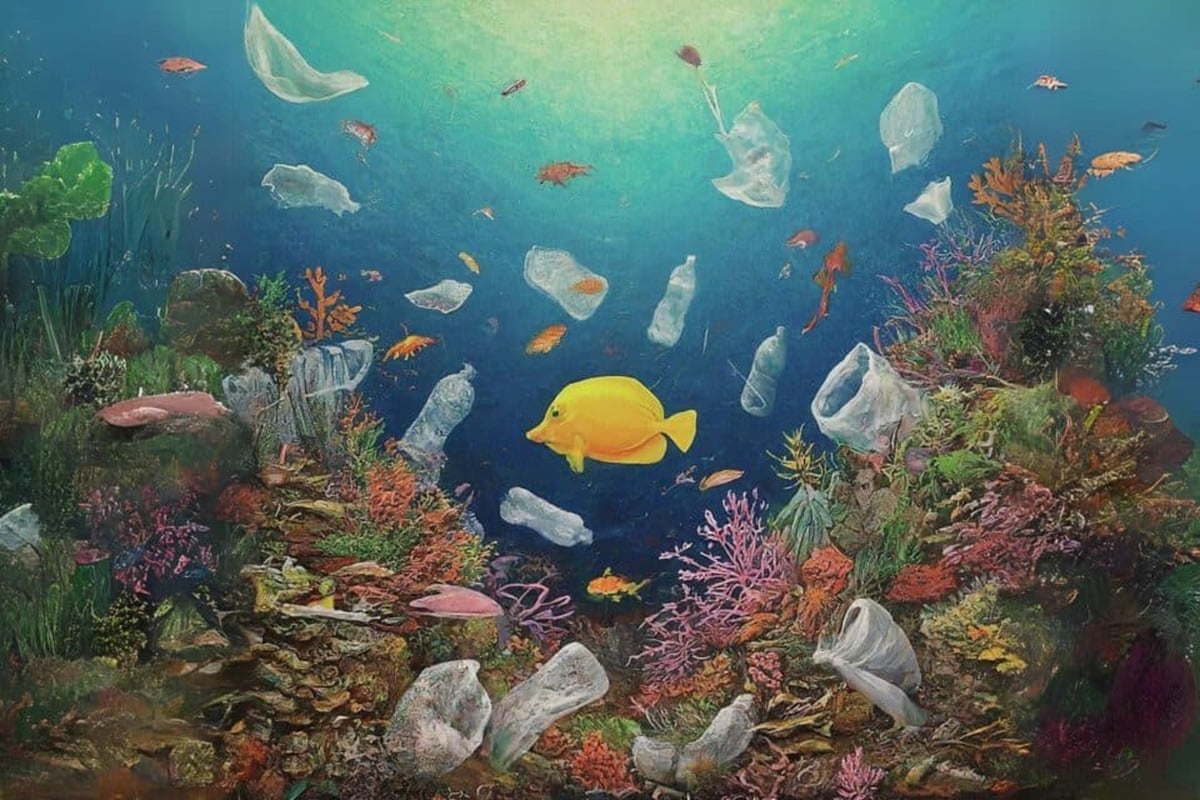A new kind of dinosaur has been found in China. It’s called Fujianipus yingliangi and it’s a megaraptor. This discovery changes what we know about raptors. Most people think of raptors as small, quick hunters like in Jurassic Park. But raptors actually include many different kinds of bird-like dinosaurs with sharp claws.
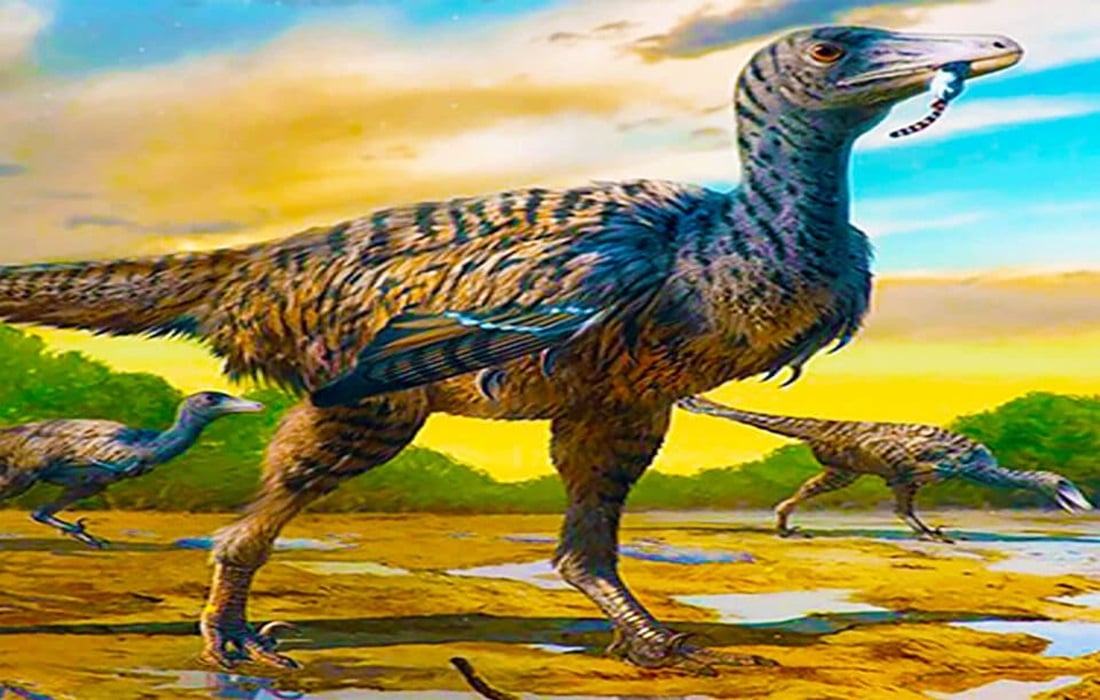
The Fujianipus yingliangi is a troodontid raptor, known for having big brains compared to their bodies. This one was about 5 meters long with legs 1.8 meters long. The footprints of this dinosaur were found in Fujian Province, China. They are different from other raptor footprints we know about. This means there were big raptors living in China a long time ago.
Before this, we thought big raptors only lived in cold places like Alaska. But Fujian Province is warm. So, maybe temperature isn’t the only thing that affects raptor size. There might be other reasons why some raptors were big. Maybe it was about finding enough food or competing with other predators.
This finding further emphasizes the remarkable diversity of raptors, challenging our preconceptions. “It just goes to show the incredible size range among raptor dinosaurs, highlighting their adaptability and ecological diversity,” Dr. Romilio stated.
This discovery tells us that big raptors might have lived in more places than we thought. It’s exciting because it shows how diverse raptors were. Studying more raptor fossils can help us learn even more about them. Each new discovery gives us a better understanding of these amazing dinosaurs.
